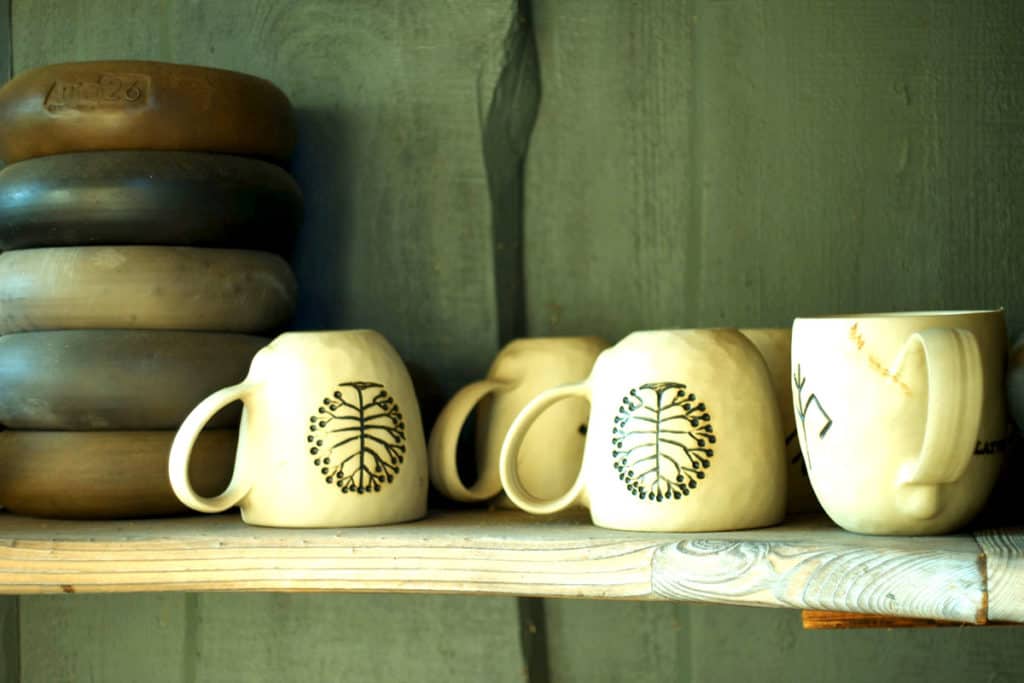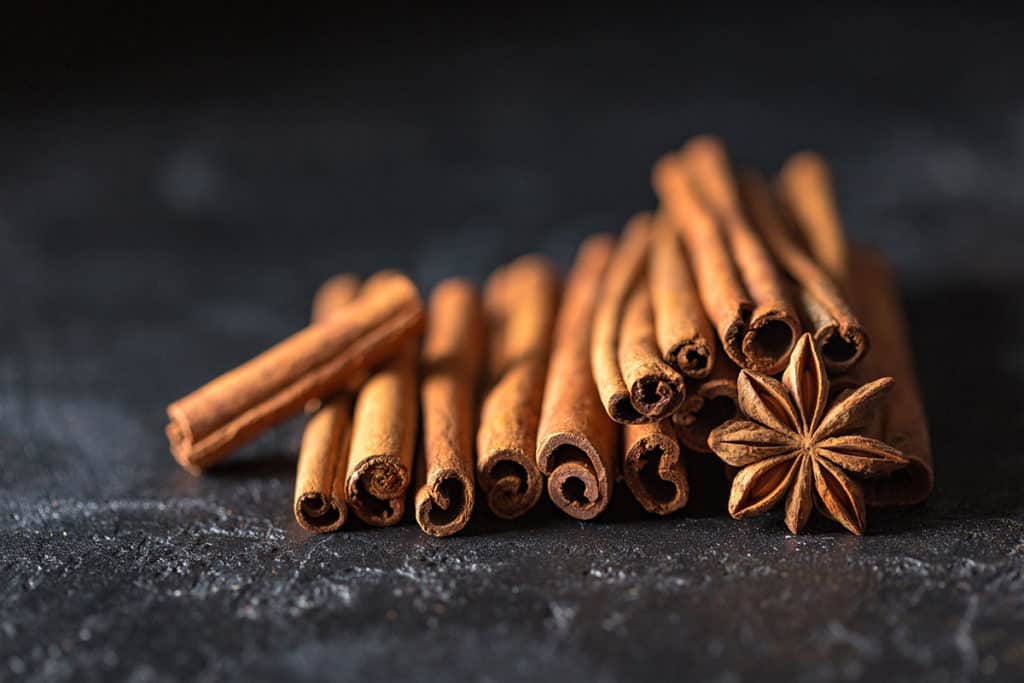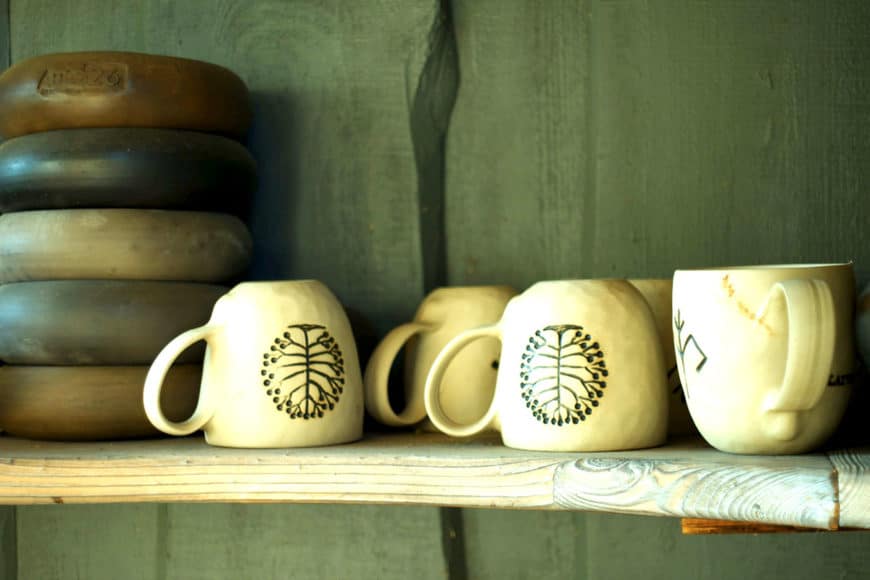
Café de Olla is a traditional Mexican drink that is steeped in history and rich in flavor. This sweet and aromatic coffee is made using a special blend of ingredients and spices, and has been enjoyed in Mexico for generations.
“Café de Olla” which doesn’t have a proper translation in English but can be defined as something like “Coffee from Clay Pot”, is famous for its unique tasted and brewing method, so read on to find out more about this incredible coffee from Mexico.
In this blog post, we will take a closer look at what Café de Olla is, its history and origins, and the steps to making this delicious beverage. We will also explore the unique blend of ingredients and spices that give Café de Olla its signature flavor, and offer tips on how to enjoy this drink to its fullest.
So, whether you are looking to learn more about this traditional Mexican drink, or are simply curious about what makes it so special, read on!
What is the History of Cafe De Olla?
The tradition and recipe for this beverage has its ancestral heritage, that traces back to the pre-Hispanic era. According to the “Asociación de Cafés y Cafeterías de Especialidad” (Association of Coffee and Breweries of Specialty), “Moctezuma” (Ruler of Tenochtitlan from 1502 to 1520, which is one of the biggest cities of the Aztec Empire), would drink an infusion of honey, corn, cacao, and spices.
This is a very similar version to what we know nowadays as “Café de Olla”, especially for the vases used that had the distinction that they were made out of clay and with the difference of having cacao instead of coffee.
The Colonizers introduced coffee in Mexico in the XVIII Century, which is originally from Ethiopia. The collision between cultures is what gives birth to what we know nowadays as “Café de Olla”.
Even though we don’t have an exact date, historians argue that coffee arrived in one of the ports in Veracruz for the first time, and it was a shipment that came from Cuba.
Coffee started being produced in different regions of Mexico, but it was in Chiapas, Oaxaca, and Veracruz, where it flourished and is known worldwide because of its specific characteristics of aroma and flavor, attributed to the geography of these specific areas of cultivation.
According to historians, this traditional Aztec beverage was at some point, within time, mixed with ingredients like clover and “piloncillo” (there is no translation for it, but it is sugarcane juice boiled, and that juice solidifies into molds) and cinnamon, which is the most common version of “Café de Olla”.
In some parts of the Mexican Republic, lemon or orange juice is added. Another variation that is popular in Veracruz, is that they add all the ingredients in a small piece of cloth and boil it all at the same time.
This beverage became popular until the Mexican Revolution outbreak, and this was thanks to the “adelitas”, who were women who participated in the military contingents of revolutionary groups as soldiers, cooks, nurses or assistants.
They popularized this drink when it was what it was served to the soldiers making a watch, so they would keep awake for long hours, and they added additional spices to improve flavors since at a time of war coffee was scarce and it wasn’t of the best quality.
The Cafe De Olla of Today
Nowadays, Coffee is an important industry in Mexico, since the country produces 2 million 844 thousand sacks of green coffee. This coffee is exported to 42 countries and the biggest importers are Japan, Cuba, Canada, Germany, Italy, Belgium.5% of the total sales goes to the United States.
Making a proper “Café de Olla” shouldn’t be hard if the proper materials are present. It should be prepared with ground coffee beans and brewed in a traditional Clay pot since its distinctive flavor comes from boiling them in this sort of pot.
“Café de Olla” has a very good flavor, and the ingredients have great benefits for the body. “piloncillo” is made in a natural process, which makes this sweetener healthier than the artificial alternatives.
It also preserves many nutrients that are original of the sugar cane, like vitamins, magnesium, zinc, and phosphate.
Some people make this traditional drink in pots from other materials, but a connoisseur could spot the difference since boiling it in a clay pot has a specific flavor.
If you want the original and characteristic flavor of “café de olla”, there is nothing like going to an off the grid area, a rural area and trying the traditional recipe the people here inherited. In Mexico, we know that there is nothing better than grandmas recipe.
What Are The Ingredients in a Cafe De Olla?

Cinnamon according to nutrition expert “Fernanda Alvarado”, has the property that diminishes glucose levels in the blood, and that is why it is recommended for people that have diabetes type 2.
Cinnamon has other benefits, for example, it has good levels of antioxidants, which has anti-inflammatory properties and helps to prevent neurodegenerative illnesses.
Clover and anise are beneficial for our body, for example, “clavo de olor” helps eliminate bacteria like E. Coli and has other potential anti-micro-biotic properties. It also contains antioxidants and is helpful with digestive illnesses.
How to Make a Café de Olla
Essentials
- 1 L ( 33 ozs) of Water
- ⅓ of a cup of “Piloncillo”
- Whole Cinnamon
- 6 spoons of ground coffee
- 1 Clay Pot
A Recipe For Making Cafe De Olla
Step 1 –Boil in the clay pot water, Add “Piolincillo” and cinnamon until all the ingredients are dissolved.
Step 2.-Add the ground coffee then cover the clay pot and let it rest for around 5 minutes
Step 3.-Strain and serve hot in small clay vases.
What Coffee is best to use for Cafe de Olla?
If you have the opportunity. pick up a bag of whole bean light to medium roasted Arabica Mexican coffee from Chiapas to make a “Café de Olla” and grind it using a medium to medium fine grind.
It is not recommended to make the recipe with fine ground coffee since the flavor could become too strong and at the moment of straining the coffee, you would need a very fine filter.
Even though this is not a normal procedure, there are a significant amount of people that make “café de olla” with whole bean coffee since in the traditional recipe, finding a grinder was not an easy task.
This gives a more fresh and aromatic flavor, but calculating the exact time for boiling the water with the coffee can become tricky. Nonetheless, I recommend using ground coffee.


